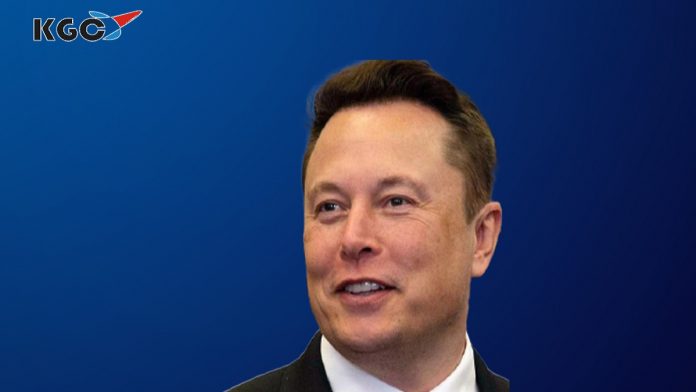Elon Musk most recent passion project is Neuralink, a firm working on a brain implant that would connect the human brain to computers directly. He says that by using a brain-computer interface (BCI), humans will be able to carry out actions solely by thought. One of Musk’s earliest objectives was to assist paraplegics in regaining their freedom.
It doesn’t end there, though. Musk thinks that his company’s technology will one day be able to not only treat but even cure brain illnesses, as well as save memories so that people may revisit them like photo albums.
The goals of assisting paraplegics in walking and healing brain illnesses are both admirable. And, well, it sounds amazing to order a pizza just by thinking about it. Many experts, however, believe Musk is grossly exaggerating the capabilities of Neuralink’s implants.
“Unlike Tesla and SpaceX, we are not discussing technology or infrastructure issues.” In a recent magazine story, Christof Koch, a researcher at the Allen Institute for Brain Science, said, “These are fundamental science concerns.”
Fortune debunks Musk’s most egregious claims about Neuralink’s brain implant:
1. Neuralink’s brain implant will save us from A.I. annihilation
“Even in a benign A.I. scenario, we will be left behind. But with a brain-machine interface, we can actually go along for the ride,” says Musk.
To begin with, the kind of superintelligence Musk fears is still science fiction, with computer scientists disagreeing on when, if ever, it will arrive. Many people believe it will take at least a few decades. Second, Musk envisions his brain-computer interface as a two-way communication system, so even if Neuralink succeeds in realizing Musk’s grand vision, its brain implants could be used by superintelligent machines to control humans just as easily as they could be used by humans to ensure their dominance over superintelligent machines. In any case, the technological advancements required to enable such a high-bandwidth brain-computer mind-meld are years, if not decades, away.
2. The BCI will help persons with spinal cord injuries regain their mobility.
A team of researchers reported in April 2020 that they had used a BCI system to successfully restore sensation to the hand of a research participant with a serious spinal cord injury. We believe Musk’s claim that a BCI can restore mobility is well within reach. However, there are still uncertainties regarding how much functionality such systems will be able to offer and how easy they would be for patients to learn to utilize. There are also concerns about the long-term safety of implanting devices in the human brain.
3. The BCI will be used to treat neurological disorders such as Parkinson’s disease.
Deep brain stimulation, for example, is a modern technology that can help with some of this. Neuralink has the potential to enhance these treatments even further. However, the present Neuralink device layout, which includes electrodes implanted close to the surface of the outer layer of the brain, known as the cortex, is not designed to conduct deep brain stimulation.
4. The brain chip will grant able-bodied humans extraordinary skills.
While able-bodied people may be able to type or play a video game using only their minds, scientists are yet unsure how to interpret brain activity linked with more complex, conceptual concepts. Furthermore, it’s unclear whether medical regulators will approve healthy people to have chips implanted, given the hazards of the implants and the operation to put them may be difficult to justify.
5. The brain chip will be implanted in less than an hour without the need for general anesthesia.
The electrodes for monitoring brain activity are carried on 64 threads that are far thinner than the finest human hair. These electrodes flow into the Link device, which is about a quarter’s diameter and five times as thick as a quarter and sits in a hole carved into the skull. Because the brain lacks pain receptors, brain surgery is frequently performed under local anaesthetic. So it’s feasible that Neuralink will be able to keep their word. However, the surgical robot it hopes to utilize to implant its BCI has yet to be proven in clinical testing, and drilling into the skull and bleeding during electrode placement could pose dangers.




















